Approaching the Tenth of Tevet: An Unprecedented Project to Document Mass Graves in Poland
For 20 years, students at Re'ut school have been renovating cemeteries in Poland. Now, they embark on a unique and chilling initiative: documenting testimonies about dozens of mass graves across Poland. Dina Weiner, the project's leader, discusses the initiative, the pain, and the sense of mission.
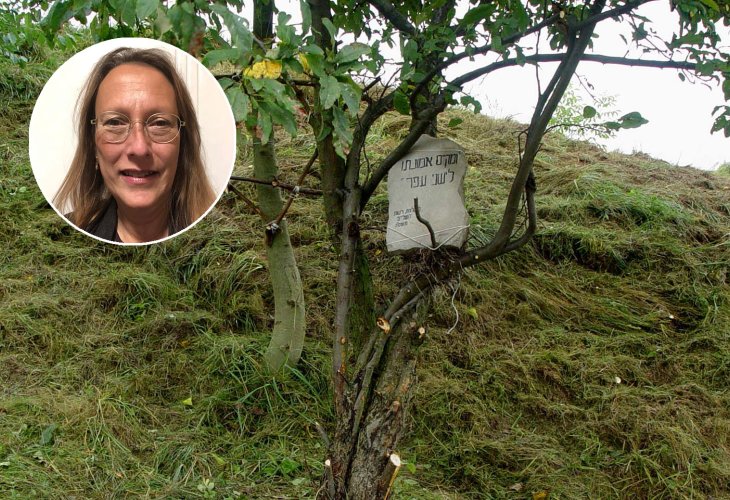 Inset: Dina Weiner (Courtesy of Gideon Project)
Inset: Dina Weiner (Courtesy of Gideon Project)There is nothing more painful than speaking about the six million Jews murdered in the horrific Holocaust. After all, these are numbers that no one can comprehend. Moreover, there is another terrible aspect to this subject—many of those holy individuals did not receive a grave in an organized cemetery but were instead buried in mass graves scattered across Poland.
To this day, the exact number of these mass graves is unknown, and until now, no one had prepared a structured database featuring their names, certainly not with testimonies from people who witnessed the executions with their own eyes.
This year, approaching the Tenth of Tevet, the general Kaddish day, the Re'ut school from the Association for the Advancement of Education launches a particularly special initiative that includes a collection of nearly 2,000 different testimonies about the mass graves across Poland. These testimonies have been collected since 1945 and are now compiled together, forming a fascinating and chilling document.
Intolerable Descriptions
Just a glimpse into some of the testimonies is enough to understand the essence of matters. For example, one witness writes:
"After the outbreak of war on June 21, 1941, the Russians dug an enormous pit in the 'Buhaychik' forest, large enough for several hundred people. However, they managed to kill only 12 people. [...] During that week, on June 27, 1941, Gestapo members killed 40 Jews there, who were the prominent local bank owners and the wealthiest merchants."
Another testimony includes the following description:
"I would like to tell about a place where about 30 Jews who were executed are buried. [...] In the fall of 1942, about 50 Jews, apparently of Hungarian origin, were brought to Fajsławice in the Krasnystaw district, Lublin Province, once under German management. They were hired to carry out renovation works on the former Paislawice estate. [...] As a result of hard labor, superhuman effort, poor nutrition, and cruel treatment, they died or were killed. Their coworkers carried the bodies and buried them next to the park in the pond every morning."
To understand who stands behind this unique initiative, we spoke with Dina Weiner from the Re'ut school, who managed the project, under whom many other volunteers operate, all graduates or second and third-generation volunteers to Holocaust survivors, and not actual students, due to the emotional burden accompanying this documentation work.
"In fact," Weiner explains, "our activity around Poland began nearly 20 years ago when we first established the 'Gideon Project,' a unique initiative involving students, graduates, and teachers from the Re'ut school, who travel yearly to Poland to renovate Jewish cemeteries.
"Incidentally, the Gideon Project initially arose from our students' initiative, and they are the ones bearing most of its financial costs. Thus, for years we've been tending to cemeteries, and among other things, we also identified mass graves previously unknown. At that time, we already began to understand where we were heading, and we knew that our next project would deal with commemorating the mass graves across Poland and documenting the existing testimonies about them."
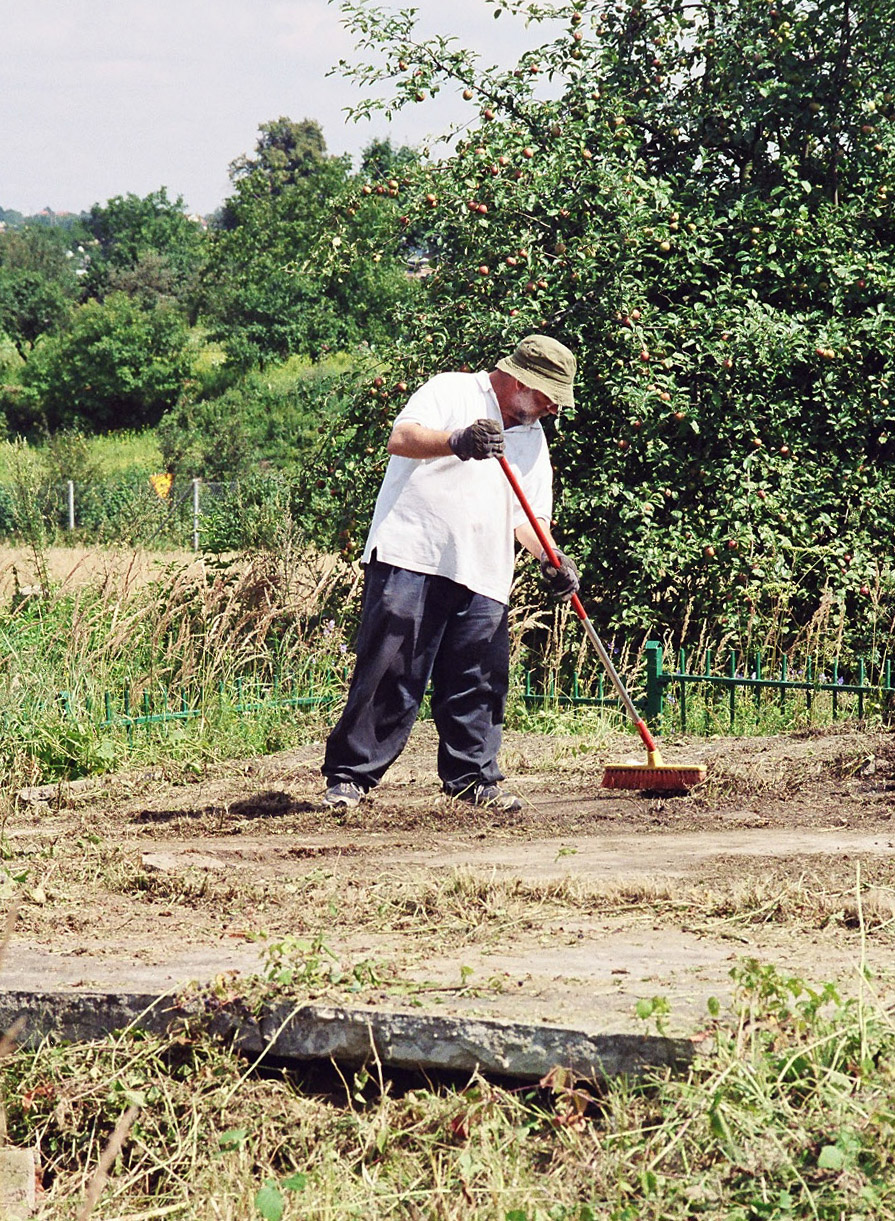 Mass Grave Krasnik (Courtesy of Gideon Project)
Mass Grave Krasnik (Courtesy of Gideon Project)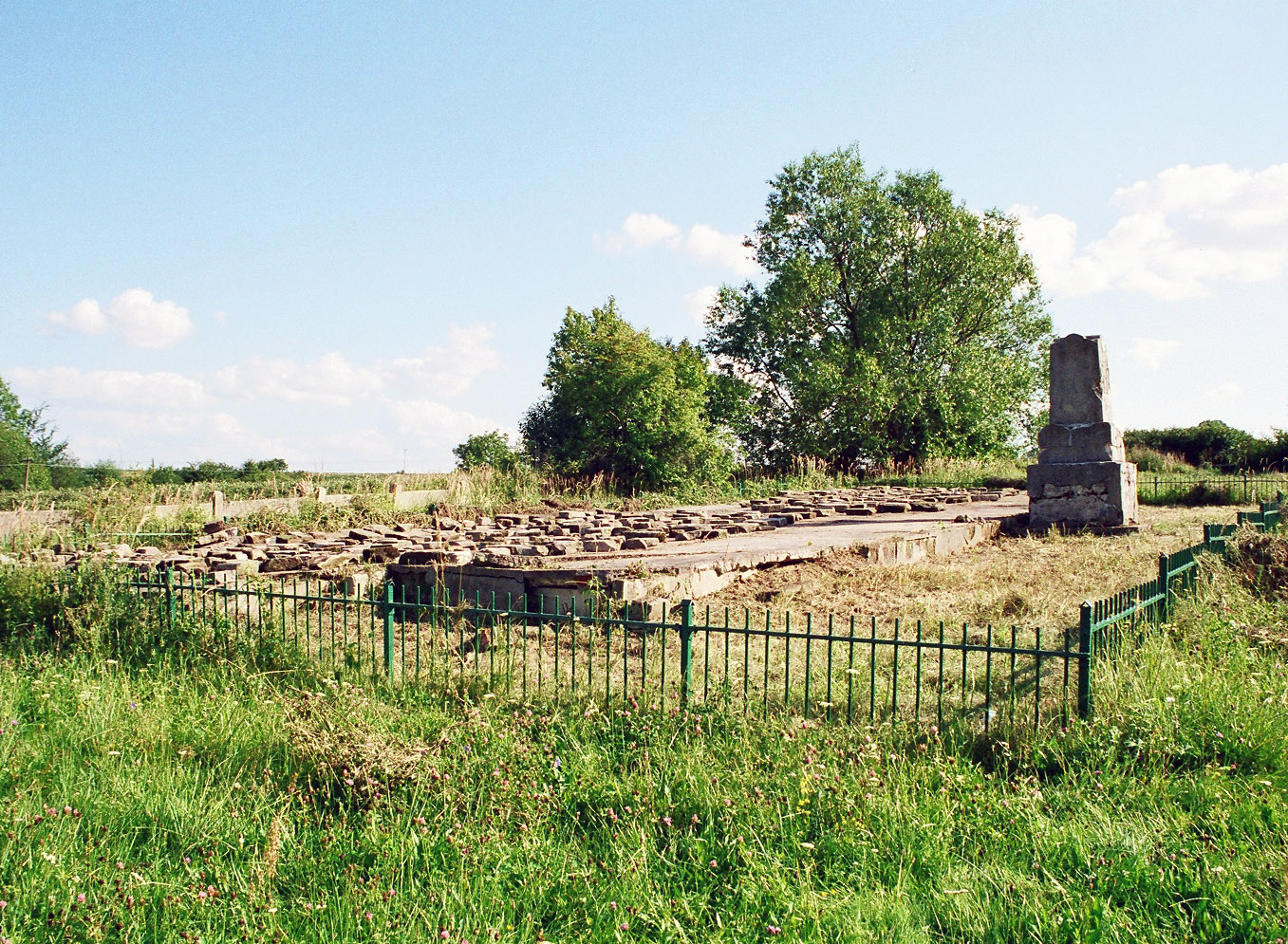 Mass Grave Krasnik (Courtesy of Gideon Project)
Mass Grave Krasnik (Courtesy of Gideon Project) Mass Grave Krasnik (Courtesy of Gideon Project)
Mass Grave Krasnik (Courtesy of Gideon Project)Documenting and Weeping
The mass graves documentation project was discussed for a long time, but it took time until the initiators mustered the courage to undertake it. According to Weiner, the work was deeply chilling and also technically complex. "First and foremost, we had to access all those testimonies written in various languages and translate them. Furthermore, we needed to precisely understand which grave each testimony referred to, as when it comes to towns in Poland, there are numerous ways to spell their names, often with no relation between their Yiddish and Polish names.
"We did our utmost to accurately compare testimonies to provide the public with the most correct information. However, undoubtedly, the greatest difficulty was the emotional challenge, as these are incredibly difficult testimonies from people who saw firsthand what happened there. Sometimes, they recounted that they themselves were initially part of the group to be executed, only to be spared at the last minute, or they witnessed everything from a nearby house window. Due to the challenge, we divided the labor among 20 volunteers, and it required many months of work. In the end, I was the one who had to review all the testimonies, and it demanded extraordinary strength from me. I still find myself sometimes lost in thoughts about the descriptions I read and the stories of helpless women, children, and men who met their deaths."
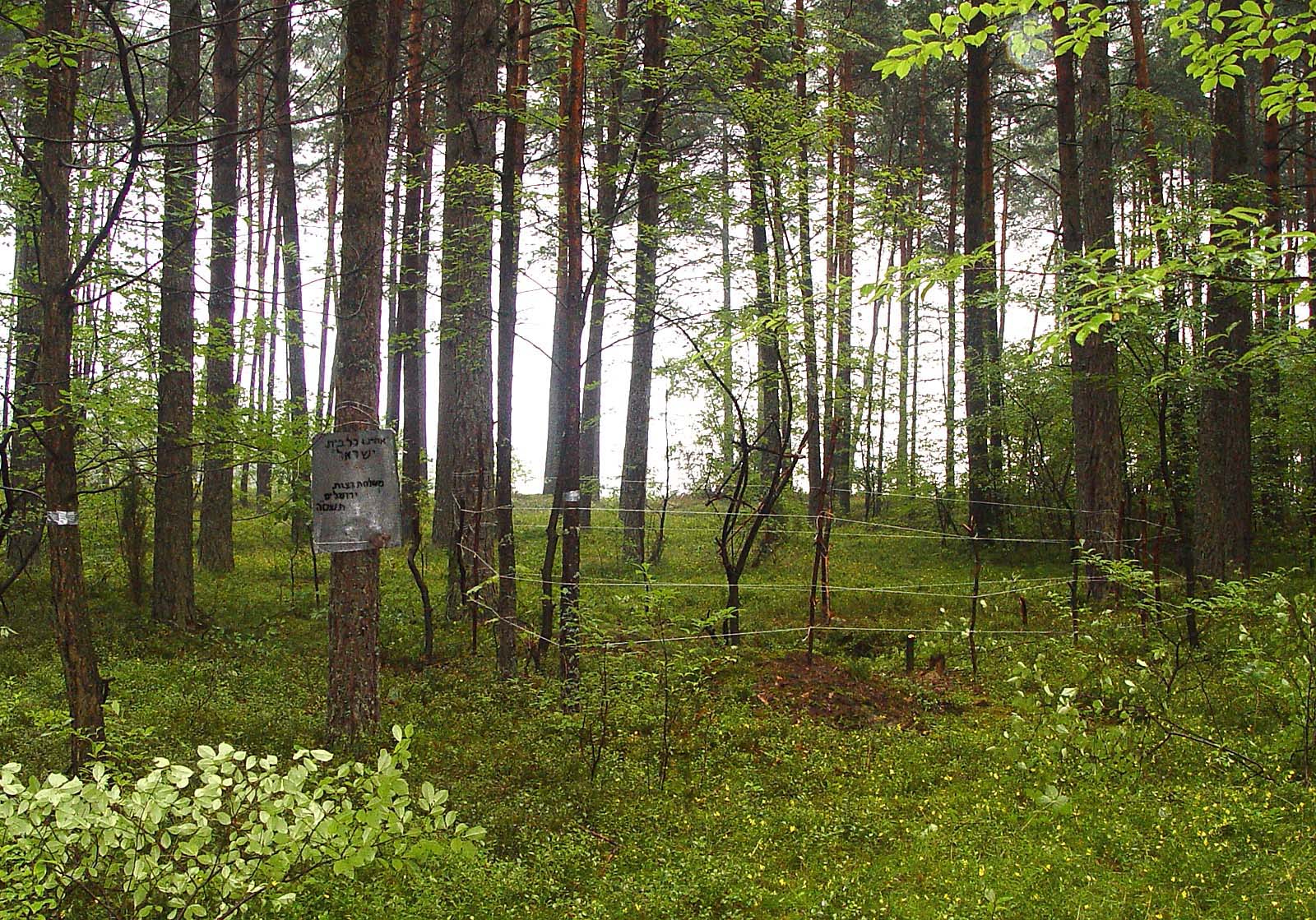 Mass Grave Yusafov (Courtesy of Gideon Project)
Mass Grave Yusafov (Courtesy of Gideon Project)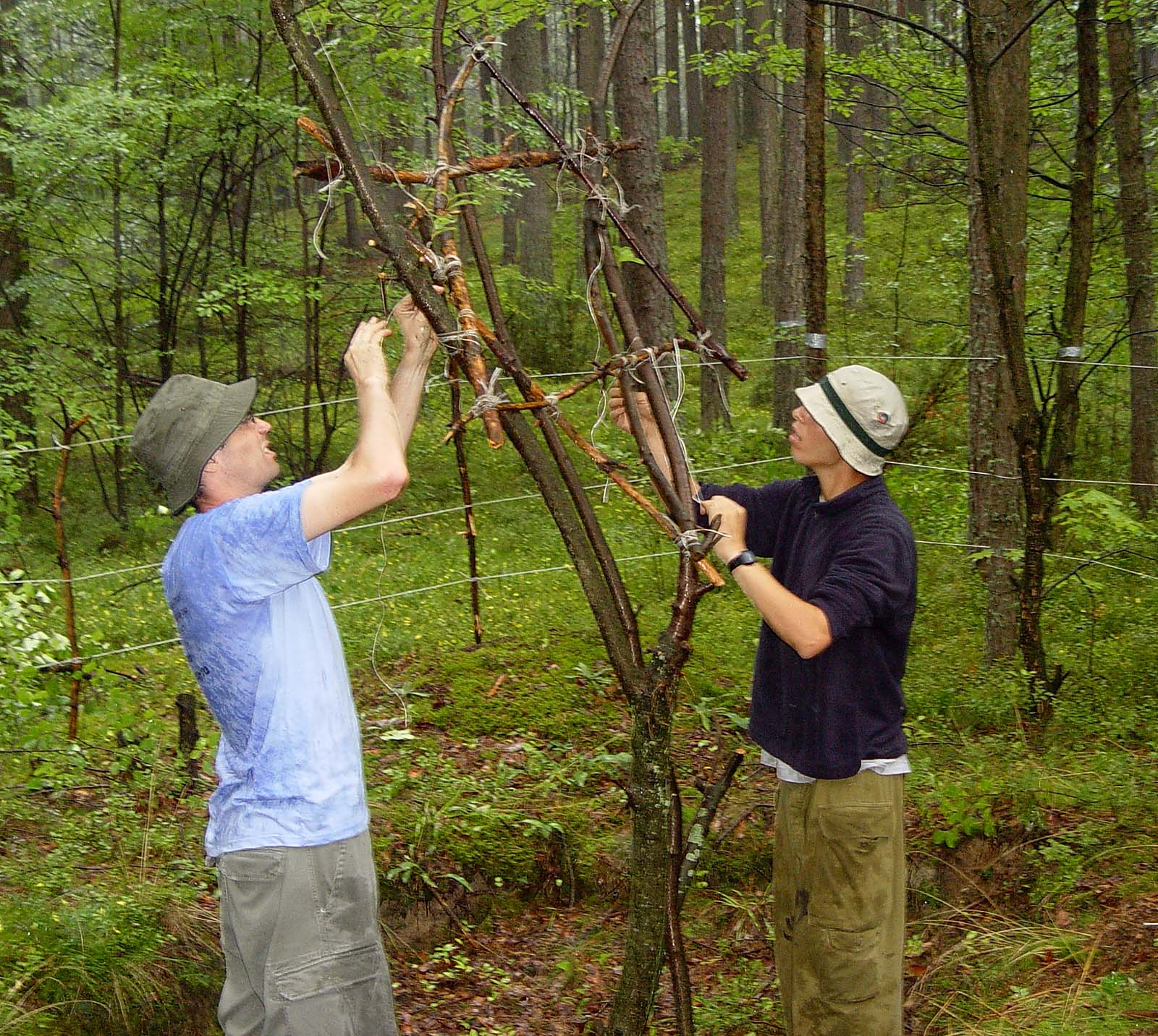 Mass Grave Yusafov (Courtesy of Gideon Project)
Mass Grave Yusafov (Courtesy of Gideon Project)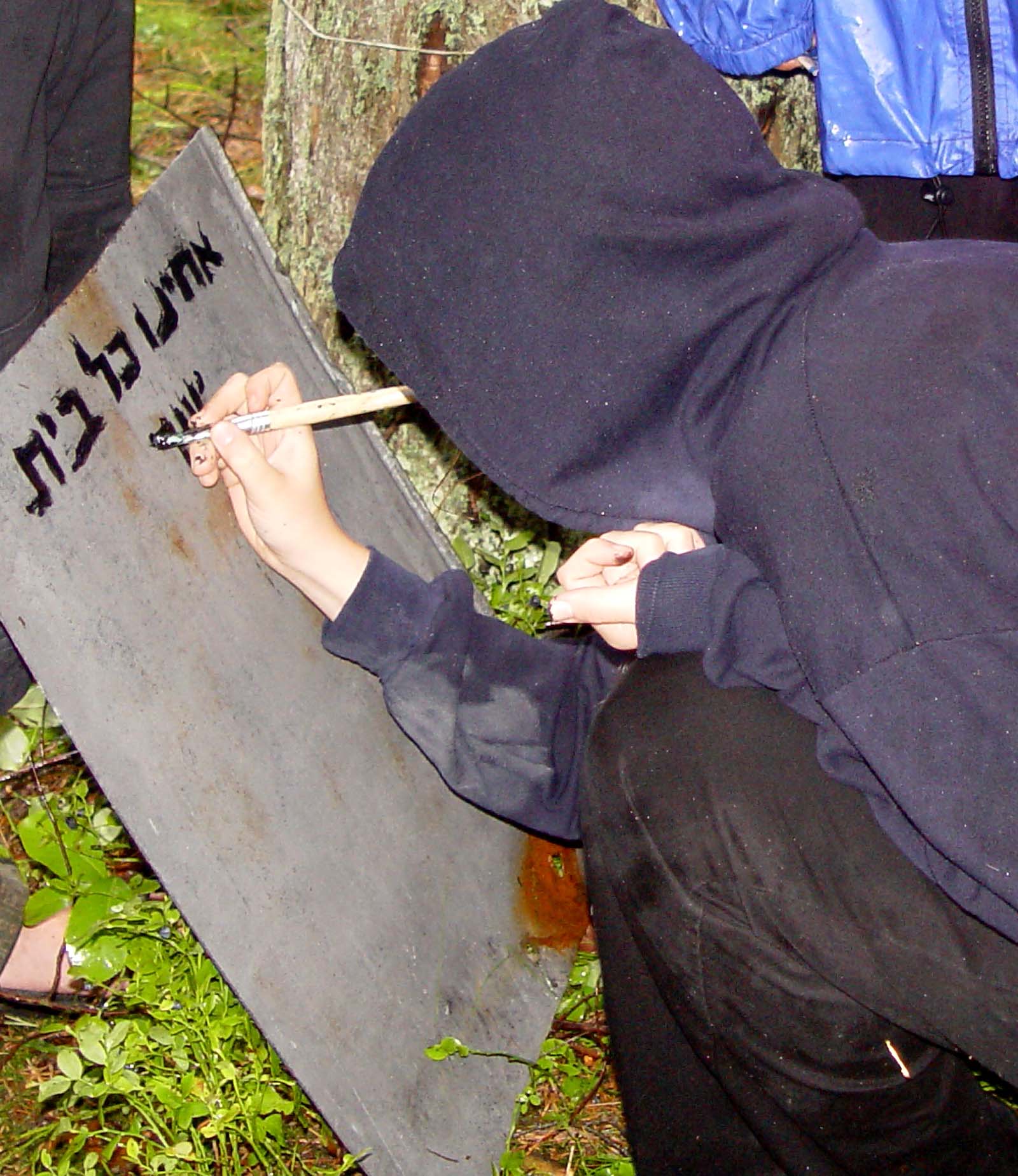 Mass Grave Yusafov (Courtesy of Gideon Project)
Mass Grave Yusafov (Courtesy of Gideon Project)How did you truly manage to cope with this enormous difficulty?
"The only thing that helped me was to focus on what 'is.' At the end of each workday, I made sure to return home and meet my grandchildren, to see the world and be thankful for what exists. Nothing can erase our history and the horrific massacre committed against our people, but I am at least grateful for having the privilege to commemorate these events for future generations."
Who, in your view, will mainly use this database?
"Our primary intention is that family members can identify the resting place of their loved ones by town name or location, and also read testimonies and descriptions written about them to understand what really happened in that place. Additionally, I assume that historians and Holocaust researchers can also benefit from this wealth of information. We certainly aim to add more and more testimonies to the database as they become available. We have deliberately made the testimonies available in both Hebrew and English, so they are accessible to anyone interested worldwide."

